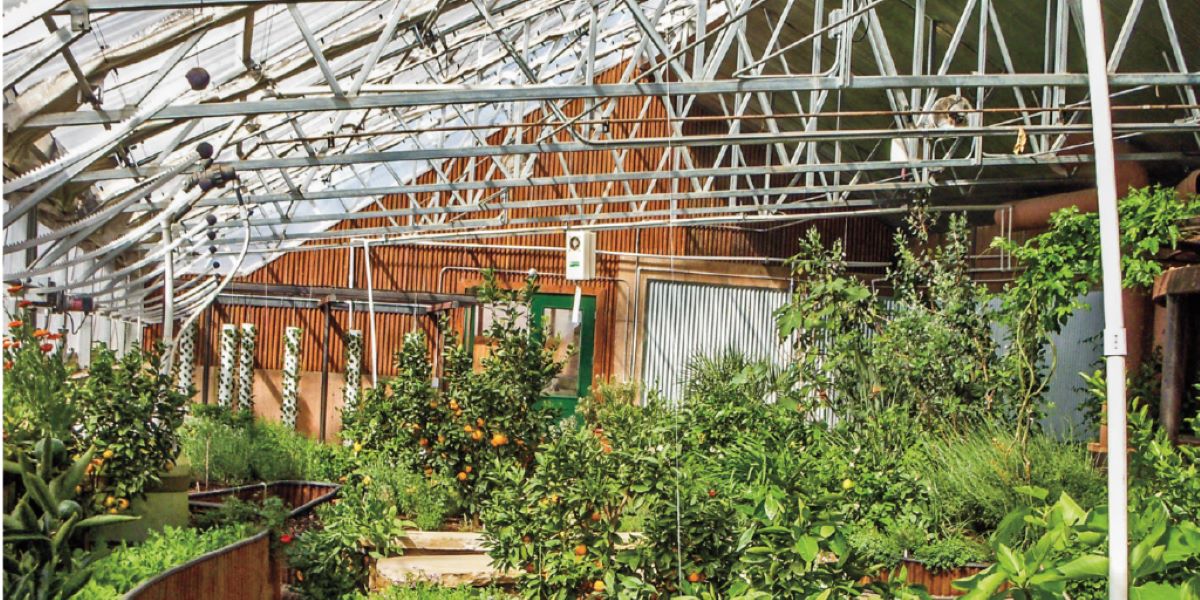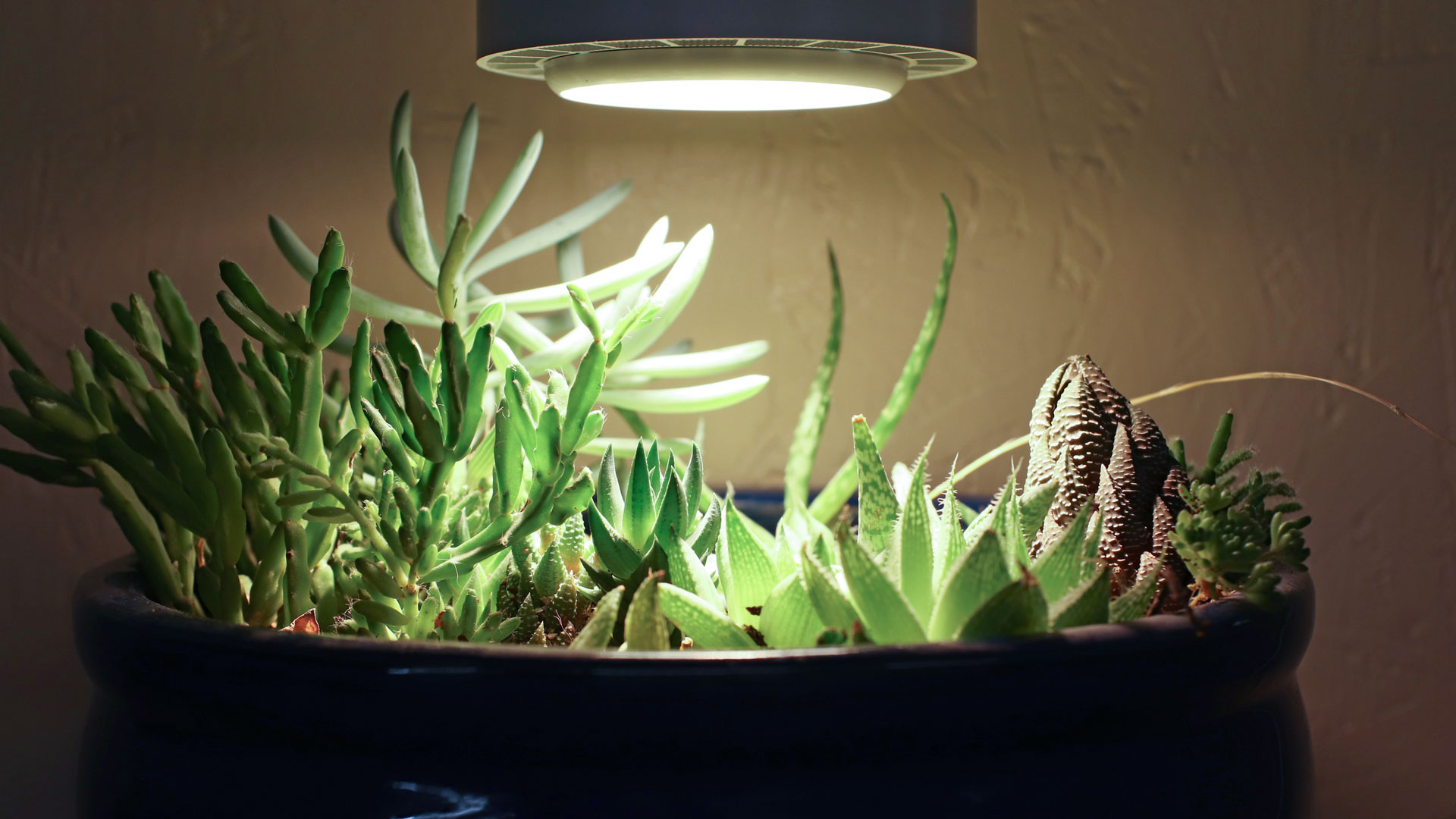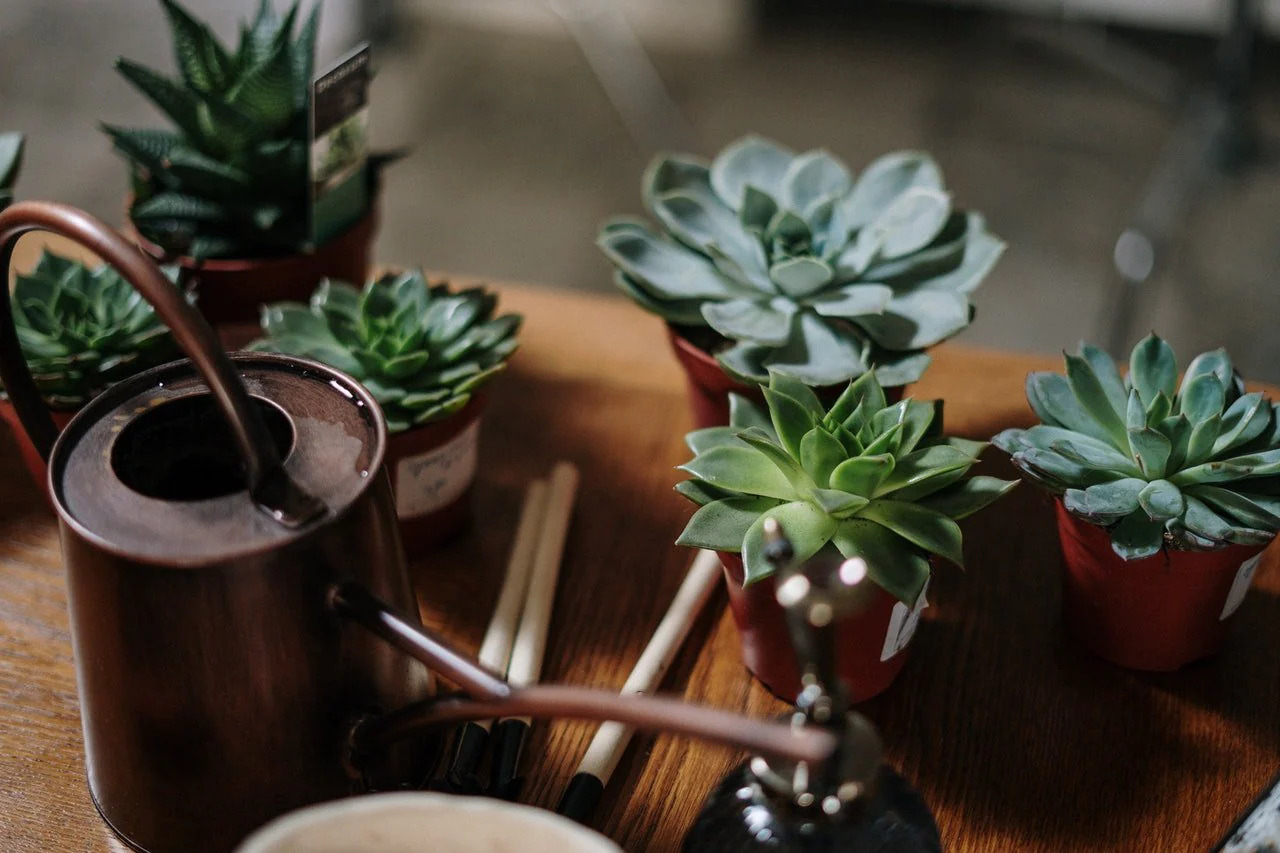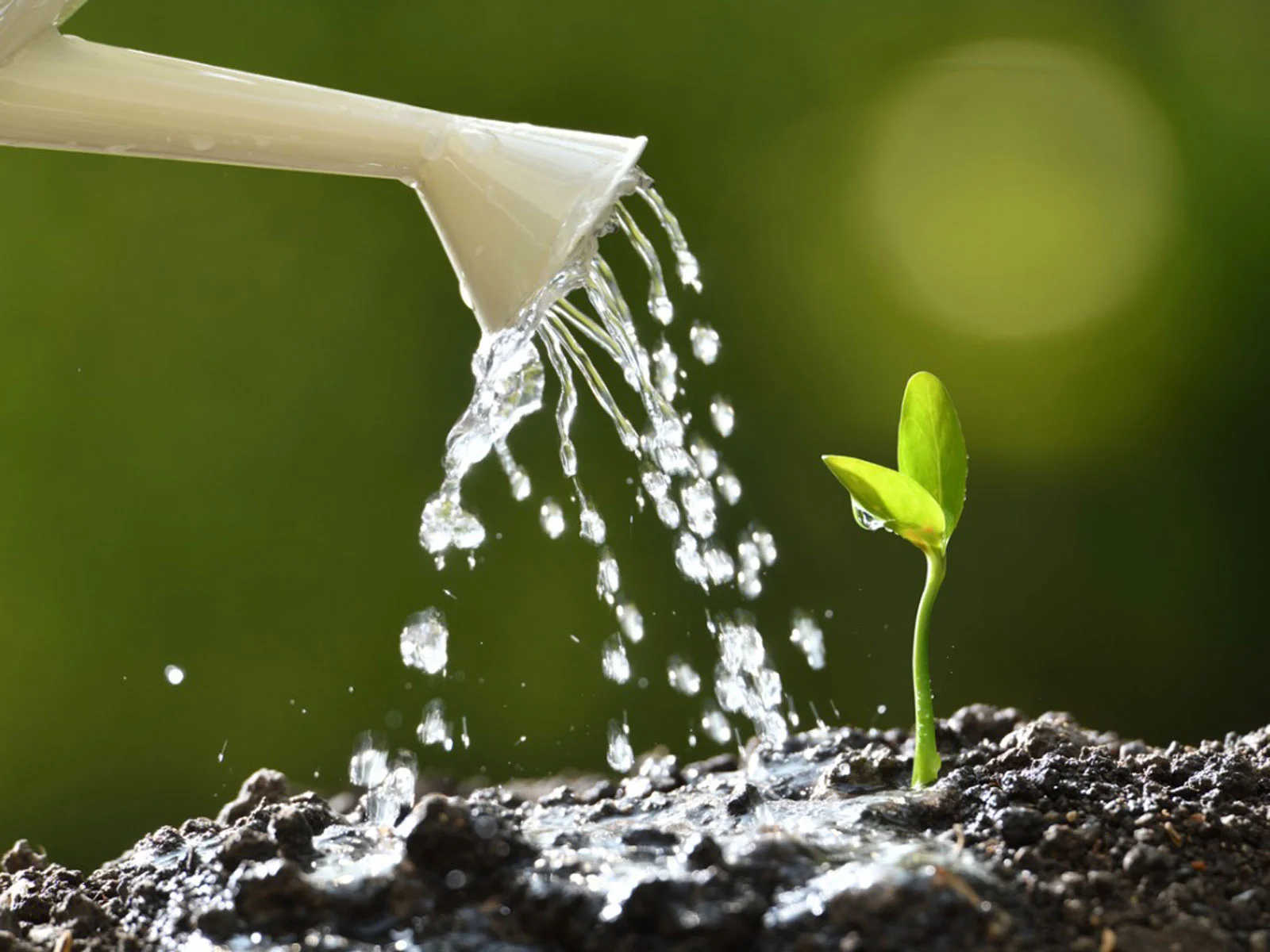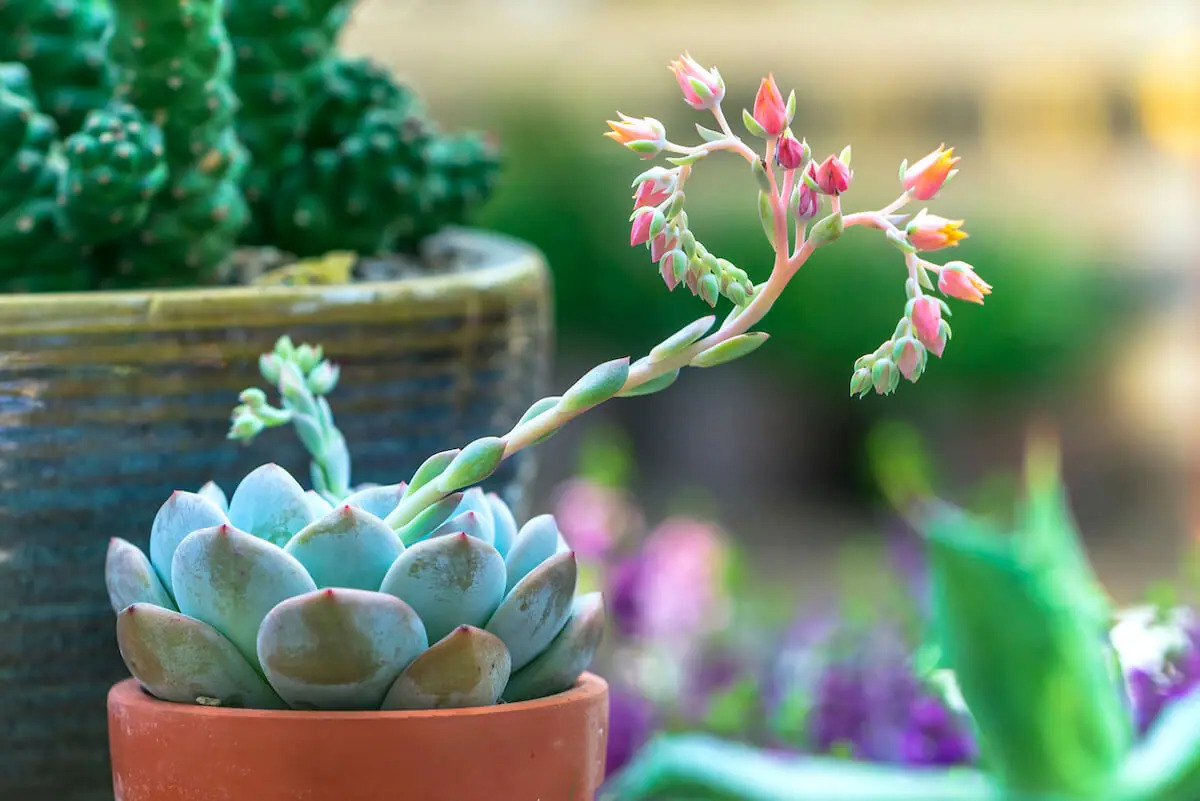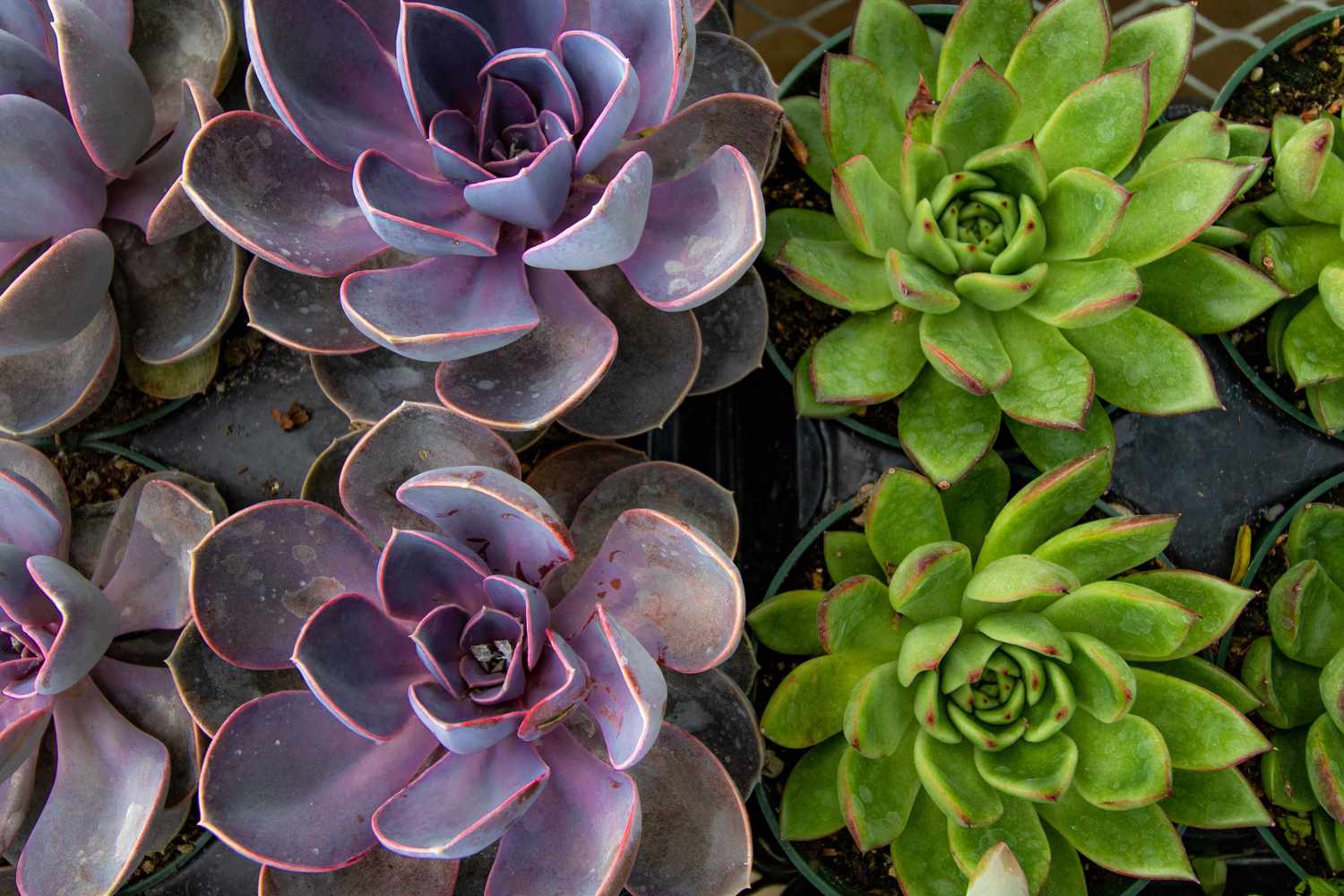Home>Gardening Techniques>Plant Care>How Do You Know When Succulents Need Water
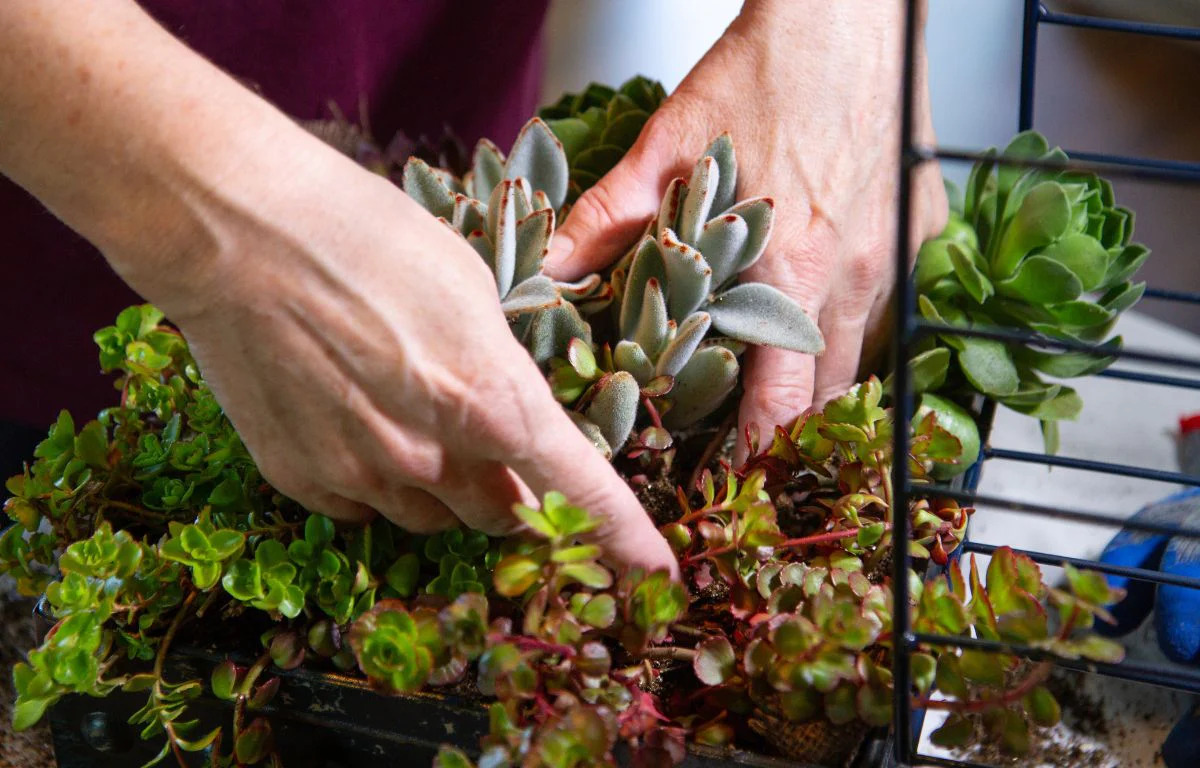

Plant Care
How Do You Know When Succulents Need Water
Modified: January 22, 2024
Learn the signs of when your succulents need watering and discover essential plant care tips for maintaining healthy and hydrated succulents.
(Many of the links in this article redirect to a specific reviewed product. Your purchase of these products through affiliate links helps to generate commission for Chicagolandgardening.com, at no extra cost. Learn more)
Table of Contents
Introduction
Welcome to the wonderful world of plant care! If you’re a new plant parent or an experienced gardener, you’ve probably come across succulents at some point. These unique plants have gained popularity for their striking appearance and low-maintenance needs. However, one of the most common questions that succulent enthusiasts have is how to properly care for these plants, specifically when it comes to watering.
Watering succulents can be a bit tricky, as their needs differ from those of traditional houseplants. Succulents are adapted to thrive in arid conditions, storing water in their leaves, stems, or roots. As a result, overwatering can lead to root rot and other issues. Conversely, underwatering can cause the plants to become dehydrated and weak.
In this comprehensive guide, we will explore the important aspects of watering succulents, including how to identify when they need water, how to check soil moisture levels, and the best watering techniques to keep them healthy and thriving. We will also delve into the consequences of overwatering and the factors that influence succulent watering requirements.
Whether you’re a succulent enthusiast looking to expand your plant care knowledge or a beginner seeking guidance, this article will equip you with the information needed to ensure the health and longevity of your succulent collection. Let’s dive in!
Understanding Succulents’ Watering Needs
Before we delve into the signs of when succulents need water and how to properly water them, it is crucial to understand their unique watering requirements. Succulents have evolved to survive in arid environments, such as deserts, where water is scarce. As a result, they have developed specialized adaptations to store water in their leaves, stems, or roots.
The main purpose of these adaptations is to allow succulents to endure drought-like conditions and thrive in well-drained soil. Their ability to store water enables them to survive prolonged periods without regular watering, making them an excellent choice for those who tend to forget about their plants from time to time.
Unlike other houseplants that thrive in consistently moist soil, succulents prefer a “soak and dry” watering approach. This means that they benefit from a thorough watering followed by a period of drying out. This cycle mimics the natural conditions in their native habitats.
It’s important to note that succulents have different water storage capabilities depending on their species and varieties. Some have thick, fleshy leaves that can store more water, while others store water in their roots or stems. Factors such as the size of the plant, the pot it’s in, and the climate you live in also affect its water requirements.
Proper understanding of succulents’ watering needs is essential to prevent overwatering or underwatering, both of which can have detrimental effects on the health of these plants. Now that we have a foundation of knowledge about succulents’ water requirements, let’s dive into the signs that indicate when they need water.
Signs that Succulents Need Water
One of the keys to successfully caring for succulents is being able to recognize when they need water. While the “soak and dry” approach is generally followed, each succulent has its own specific watering needs. Here are some common signs to look out for that indicate your succulent is in need of hydration:
- Wrinkled leaves: When succulents are dehydrated, their leaves may appear shriveled or wrinkled. This is a clear sign that the plant is in need of water. It’s important to note that some succulents naturally have wrinkled leaves, so familiarize yourself with the specific characteristics of the succulent you’re caring for.
- Leaf color changes: Healthy succulent leaves are usually plump and vibrant in color. However, if you notice a change in color, such as a dull or muted appearance, it could be a sign of dehydration. In extreme cases, the leaves may start to turn yellow or brown.
- Drooping or wilting: Similar to other plants, succulents will start to droop or wilt when they lack water. This is a mechanism to conserve energy and prevent further water loss. If you notice your succulent drooping, it’s time to give it a drink!
- Leaves falling off: In severe cases of dehydration, succulents may shed their leaves as a survival mechanism. This is a last resort attempt to save energy and conserve moisture. If you see leaves falling off, it’s crucial to act quickly and provide water to prevent further damage.
- Slow growth: If your succulent’s growth has significantly slowed down or you notice stunted growth, it could be an indication that it’s not receiving enough water. Adequate hydration is essential for proper growth and development.
Keep in mind that these signs may vary depending on the succulent species and its unique characteristics. It’s essential to familiarize yourself with the specific needs of the succulents you’re caring for to ensure you can identify any signs of dehydration promptly.
In the next section, we will explore how to check the moisture level of your succulent’s soil to determine when it’s time to water.
Checking the Soil Moisture
Checking the moisture level of your succulent’s soil is an essential step in determining when to water them. Succulents thrive in well-drained soil, so it’s crucial to strike a balance between providing enough water and ensuring the soil doesn’t become overly saturated. Here are a few methods to check the moisture level:
- Finger test: Insert your finger about an inch or two into the soil surrounding your succulent. If the soil feels dry at this depth, it’s time to water. However, if it feels slightly moist or damp, it’s best to wait a little longer before watering. Remember, succulents prefer their soil to dry out between waterings.
- Weight of the pot: Lift the pot containing your succulent and feel its weight. When the soil is dry, the pot will feel lighter, indicating that it’s time to water. If the pot still feels heavy, it’s a sign that the soil retains sufficient moisture.
- Moisture meter: Use a moisture meter to accurately measure the moisture content of your succulent’s soil. This handy tool provides a digital reading that indicates whether the soil is dry or moist. Moisture meters are readily available at garden centers and online.
It’s important to note that succulents prefer a drier environment compared to other houseplants. Overwatering can lead to root rot and other moisture-related issues. It’s better to err on the side of caution and slightly underwater rather than overwater your succulents.
When watering your succulents, be sure to water thoroughly, allowing the water to trickle down and drain out of the pot’s drainage holes. This ensures that the roots receive adequate hydration while preventing water from pooling at the bottom of the pot.
In the next section, we will discuss the best watering techniques for succulents to help you maintain their health and vitality.
Watering Succulents
When it comes to watering succulents, following the right techniques and practices is essential for their overall health and well-being. Here are some important guidelines to keep in mind:
- Water infrequently: Succulents have adapted to survive in arid conditions by storing water in their leaves, stems, or roots. As a result, they require less frequent watering compared to other houseplants. On average, succulents need to be watered every 1-2 weeks, but this can vary depending on factors such as the plant’s size, pot size, and environmental conditions. Always check the moisture level of the soil before watering.
- Soak and dry method: The “soak and dry” method is the preferred watering technique for succulents. When it’s time to water, thoroughly drench the soil until water flows out of the pot’s drainage holes. Allow the soil to dry out completely before watering again. This mimics the natural cycle of rainfall in their native habitats and prevents the risk of overwatering.
- Water at the base: When watering succulents, it’s important to avoid wetting the leaves excessively. Instead, water them at the base, directly onto the soil. This helps prevent issues such as fungal diseases or rot that can occur when water sits on the leaves for an extended period.
- Use the right water: Succulents are generally tolerant of different water sources, but it’s best to use room temperature water. Avoid using water that contains high levels of chlorine or fluoride, as these can be harmful to the plants over time. If you’re unsure about the quality of your tap water, you can let it sit out overnight to allow any chemicals to dissipate before using it.
- Consider the season: Succulents’ watering needs can vary depending on the season. In the warmer months or during periods of active growth, they may require more frequent watering. However, during the winter or dormant period, succulents may need less water as they go through a period of rest. Adjust your watering schedule accordingly.
Remember, the key to successfully watering succulents is to find the right balance between providing enough moisture without overwatering. Pay attention to the specific needs of the succulent species you’re caring for and adapt your watering routine accordingly.
In the next section, we will explore the signs and consequences of overwatering succulents, as it’s important to avoid this common mistake when caring for these plants.
Overwatering Succulents: Signs and Consequences
While it’s important to provide adequate hydration to your succulents, overwatering can have severe consequences on their health. Succulents are not accustomed to excessive moisture, and their roots can easily become waterlogged, leading to root rot and other issues. It’s crucial to be aware of the signs of overwatering and take immediate action to prevent further damage.
Here are some common signs that indicate your succulents may be suffering from overwatering:
- Yellow or transparent leaves: Overwatered succulents often develop yellow or transparent leaves. This is a sign of stress, and the excess moisture is causing the roots to suffocate.
- Mushy or soft stems and leaves: When succulents are receiving too much water, their stems and leaves may become mushy or soft. This is a result of the cells becoming swollen and unable to support the plant’s structure.
- Leaf drop: Overwatered succulents may shed their leaves as their roots are unable to absorb the excess moisture. If you notice leaves falling off easily, it’s a clear indication that your succulent is being overwatered.
- Foul smell: An unpleasant, rotting odor emanating from the soil is a sure sign of overwatering and the onset of root rot. This occurs when the roots are continually sitting in water, leading to decay and the growth of harmful pathogens.
- Mold or fungus growth: Overwatered soil provides a breeding ground for mold and fungus. If you notice any growth of mold or fungus on the soil surface or around the base of the plant, it’s a clear indication that the conditions are too moist.
The consequences of overwatering can be detrimental to the overall health and survival of your succulents. If left unchecked, it can result in root rot, the spread of diseases, and ultimately, the death of the plant. It’s crucial to address overwatering as soon as possible to give your succulents a chance to recover.
If you suspect that your succulent is being overwatered, the first step is to stop watering immediately. Remove the plant from its pot and inspect the roots for any signs of rot. Trim away any affected roots and allow the plant to dry out by withholding water until the soil has fully dried. Repotting the succulent in fresh, well-draining soil can also help promote recovery.
By understanding the signs and consequences of overwatering, you can prevent this common mistake and ensure the health and longevity of your succulent collection.
Next, we will explore the factors that influence succulent watering requirements, as it’s essential to consider these factors when creating a watering routine for your plants.
Factors Affecting Succulent Watering Requirements
While the “soak and dry” method serves as a good general guideline for watering succulents, it’s important to consider the various factors that can influence their individual watering needs. Understanding these factors will allow you to tailor your watering routine to meet the specific requirements of your succulents. Here are some key factors that affect succulent watering requirements:
- Succulent species: Different succulent species have unique water storage capacities and tolerance levels. Some species, like Aloe vera and Echeveria, have thick, fleshy leaves and can tolerate longer periods between watering, while others, such as Lithops and Haworthia, have smaller bodies and require more frequent watering.
- Plant size: The size of your succulent also affects its watering needs. Larger succulents have more water storage capacity and can withstand longer periods without watering, while smaller ones may need more frequent watering due to their limited water storage capability.
- Pot size and drainage: The size and drainage capacity of the pot play a significant role in succulent watering. Succulents prefer pots with adequate drainage holes to prevent water from accumulating at the bottom. Smaller pots will dry out faster, requiring more frequent watering, while larger pots may retain moisture longer.
- Climate and season: The climate you live in and the current season can greatly influence succulent watering requirements. In hot and dry climates, succulents may need more frequent watering to cope with the increased evaporation rate. During cooler seasons or periods of dormancy, succulents generally require less water.
- Humidity levels: Succulents are adapted to low humidity conditions, and high humidity can impact their watering needs. In humid environments, the soil may take longer to dry out, requiring less frequent watering. Conversely, in drier environments, succulents may need more frequent watering to compensate for the lower humidity levels.
It’s important to closely observe and monitor your succulents, taking note of how they respond to watering and the environment they are in. Adjusting your watering routine based on these factors will help ensure that your succulents receive the right amount of moisture without risking overwatering or underwatering.
Remember, the goal is to create a balance between providing enough water for the succulents to thrive while allowing the soil to dry out between waterings. As you gain experience and familiarity with your specific succulents, you’ll develop a better understanding of their individual watering needs.
In the next section, we will wrap up this guide on succulent care with a summary of the key points discussed and some final tips to keep in mind.
Conclusion
Caring for succulents is a rewarding and enjoyable journey that requires a good understanding of their unique watering needs. By following the guidelines outlined in this article, you can ensure the health and vitality of your succulent collection.
Remember to familiarize yourself with the specific watering needs of the succulent species you’re caring for. Look for signs of dehydration and monitor the moisture level of the soil to determine when to water. Utilize the “soak and dry” method, watering thoroughly and allowing the soil to dry out completely between waterings.
Avoid the common mistake of overwatering, as it can lead to root rot and other issues. Be mindful of the factors that affect succulent watering requirements, such as the species, size, pot drainage, climate, and humidity levels. Adjust your watering routine accordingly to meet the specific needs of your succulents.
Finally, observe and communicate with your succulents. Pay attention to how they respond to watering and the environment they are in. As you develop a deeper understanding of their individual needs, you’ll become more confident in your watering routine.
With proper care and attention, your succulents will thrive and bring beauty to your indoor or outdoor space. Enjoy the journey of being a succulent parent, and remember that the key to successful succulent care is finding the right balance of water, light, and love.
Happy succulent gardening!
